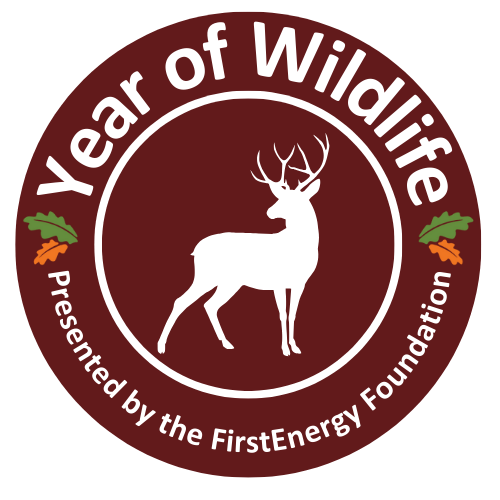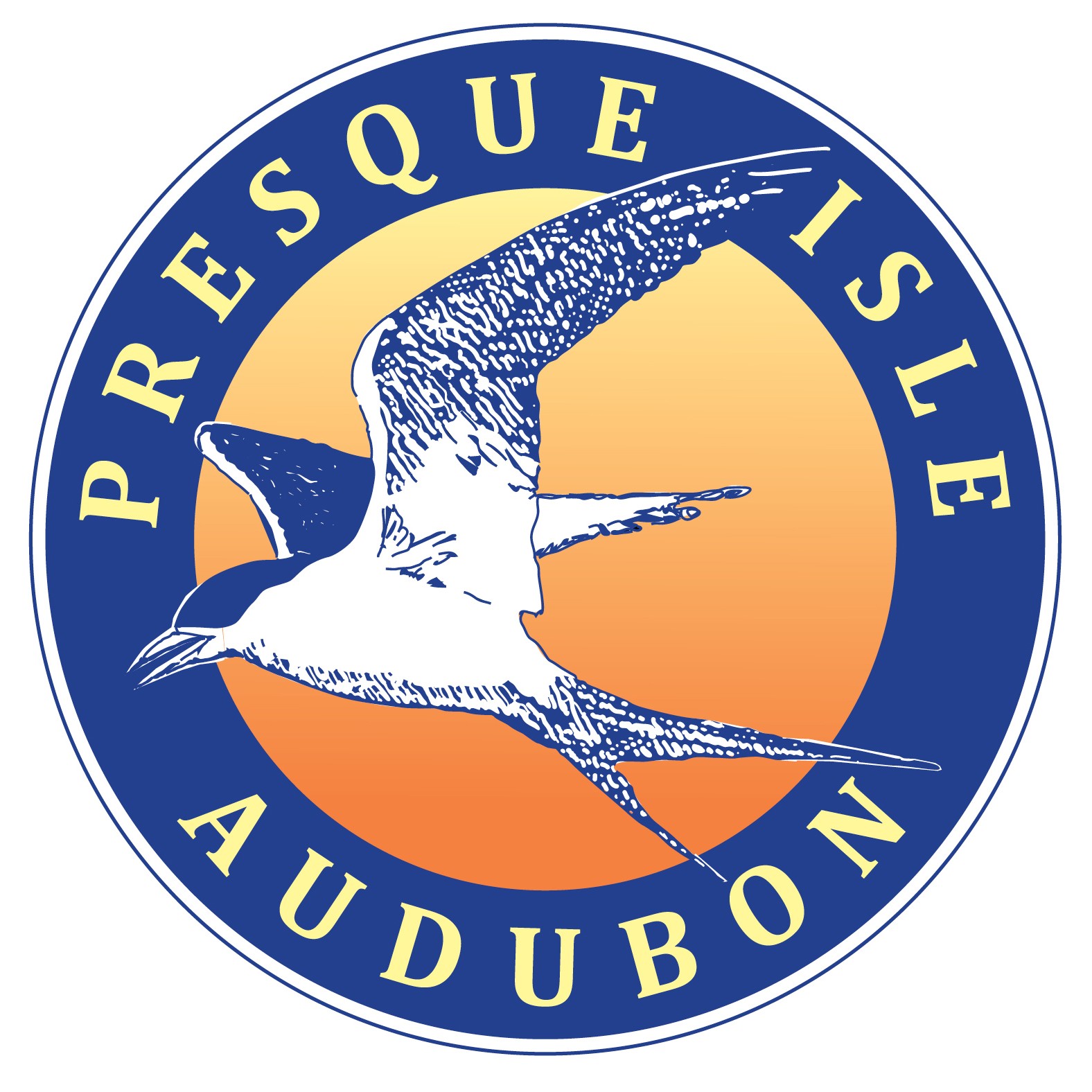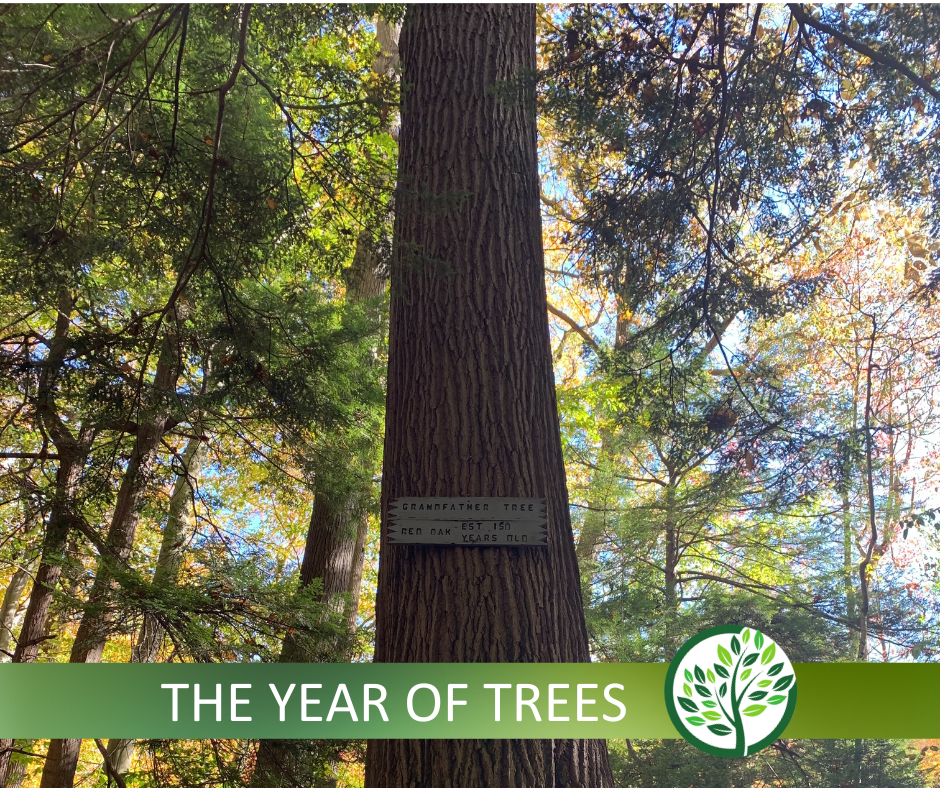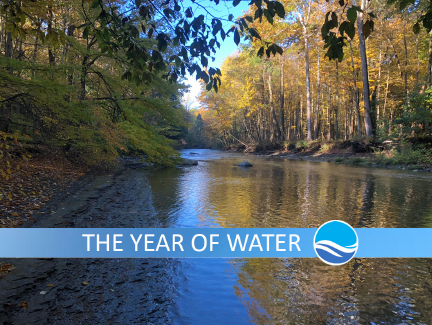Yearly Themes
2025 Year of Wildlife
 This year marks the third year that Asbury Woods has a year-long theme for our programs and outreach activities, helping us to take a deeper look at various environmental and conservation topics as we pursue our vision for Northwestern Pennsylvania to be a place where appreciation for and protection of natural places is a deeply held personal and community value.
This year marks the third year that Asbury Woods has a year-long theme for our programs and outreach activities, helping us to take a deeper look at various environmental and conservation topics as we pursue our vision for Northwestern Pennsylvania to be a place where appreciation for and protection of natural places is a deeply held personal and community value.
The Year of Wildlife is an opportunity to focus on animal species native to Pennsylvania. Pennsylvania has a rich diversity of habitat which allows an incredible array of wildlife to thrive across the State. This year we’ll look into our own backyards, surrounding forests, fields, wetlands, lakes, and streams to discover the wildlife that surrounds us.
Amongst Asbury Woods 234 acres of property alone, you can discover 344 species of wildlife (as documented on iNaturalist and eBird as of May 2023)! That means 140 bird species, 123 varieties of insects, 10 mammals and more have been spotted and identified within our borders. Several threatened species and species of concern are found at Asbury Woods, including a rare butterfly, the Baltimore Checkerspot, found during a 2022 field survey.
Jennifer Farrar, Executive Director, commented, “While learning about exotic animals in far-off places can seem more exciting than thinking about native species, a year-long focus on native wildlife is an opportunity to raise awareness about local and regional conservation issues. We hope it sparks curiosity about the natural world and encourages people to protect local habitat for the amazing variety of animal life that calls Pennsylvania home.”
In addition to programming and educational content, a key component of the Year of Wildlife will be a year-long exhibit in the Nature Center, Wild About Wildlife! Discovering Pennsylvania’s Native Species. The exhibit will feature taxidermy specimens, interactive stations, and hands-on learning. Each month a different animal will be highlighted, starting with the Great Horned Owl in February
Previous Years
2024: The Year of Trees![The Year of Trees v2]()
Trees form the backdrop for most of the Asbury Woods property and are core to the establishment of Asbury Woods by Dr. Otto Behrend, co-founder of Hammermill Paper Company in Erie. Dr. Behrend’s family had a rich history in papermaking, and from an early age he developed a deep appreciation for the power of trees, for industry, but also for health, wellbeing, and recreation. Throughout his life, Dr. Behrend was known as an avid outdoorsman, enjoying farming, walking in the woods with his dogs, golfing, planting fruit orchards and reforesting the 110-acre tract of land he purchased in 1920, then known as Asbury Farm. Dr. Behrend planted numerous trees over the years to reforest the former farmland but also to experiment with various papermaking processes. Dr. Behrend was known as an innovator in the science of papermaking and his country estate provided the perfect place to indulge his scientific curiosity and love of trees.
Read More
2023: The Year of Water![Year of Water cover]()
Water is one of the world’s most vital natural resources and our region’s strategic location adjacent to Lake Erie makes the topic of clean water and sustainable use of fresh water a matter of local, regional, national, and global significance. Whether we are drinking it, recreating in and on it, living on its shores, or using it for industry, Lake Erie and its watershed surrounds us and is an inescapable part of the fabric of our community. With Walnut Creek, a major tributary of Lake Erie, passing through Asbury Woods' property, water was a natural choice to kick off our yearly themes.
Read more




